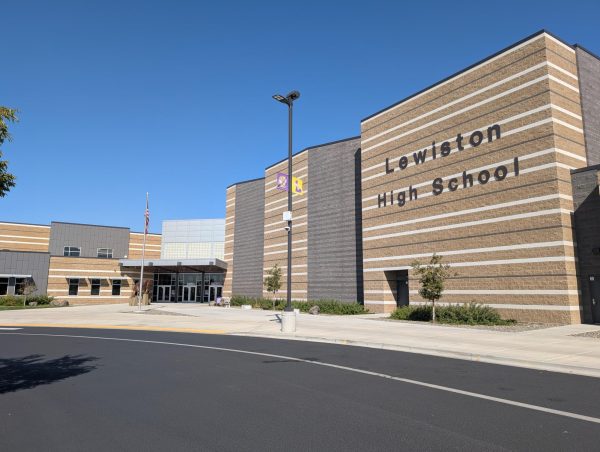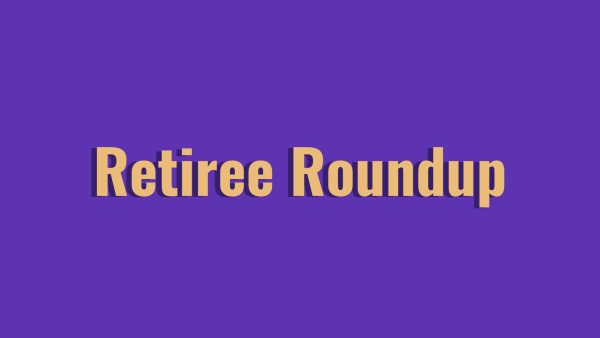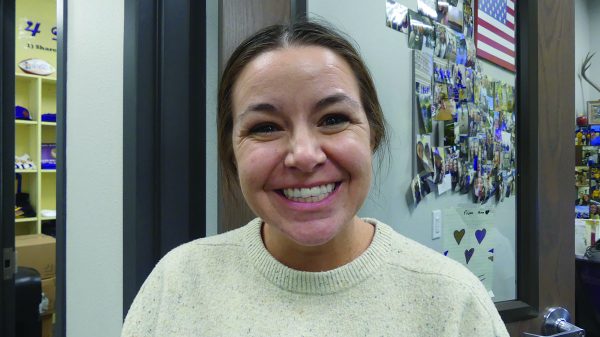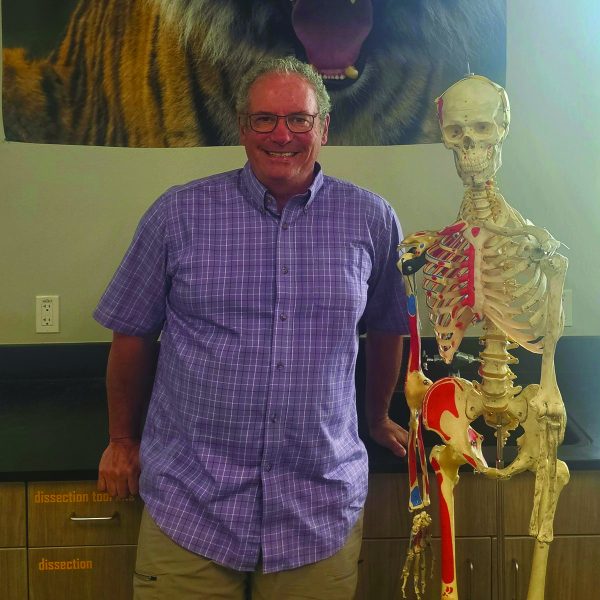Questions with Katie: Haley Heaton explores space career
Haley Heaton, a senior at LHS, took an online course second semester of her junior year. This may be typical of many other juniors, but Haley was one of the top students in her class, chosen to participate in a one-week summer academy program developed by NASA.
Katie Swift: I heard you were involved in an amazing program because of an online class. Will you lay out what happened involving the class and the program?
Haley Heaton: I took an online class through IDLA, learning about space exploration as well as a range of science, technology, engineering, and mathematics. I did well in the class and was accepted into the one-week summer academy held at BSU working on a manned mission to Mars.
KS: What online class did you take?
HH: Idaho Science and Aerospace Scholars (ISAS).
KS: How did it lead to the program you were selected for?
HH: The top students in the online class were chosen for the summer academy.
KS: Who put on this program?
HH: The Idaho Board of Education funds the program, but Barbara Morgan, an astronaut from Idaho, brought ISAS to Idaho.
KS: NASA was involved somehow, correct?
HH: The online class is a NASA developed course. During the summer academy, I was also able to go to NASA Ames Research Center in California for two days to tour the facilities and talk to NASA professionals, including lectures given by astronauts.
KS: What did the program consist of?
HH: During my time spent at BSU I worked on a manned mission to Mars that would be presented at the end of the week. Also while in Boise, we had many engineering design challenges, lectures from an assortment of science and engineering professionals, specialized lessons based on interests, and even toured HP [Hewlett-Packard, software company]. The two days at NASA Ames were packed with tours of the facilities, such as the wind tunnels and fluid dynamics lab, lectures from astronauts and other scientists, and more design challenges.
KS: What did you do during the summer academy?
HH: The students in the summer academy were split into four groups, and each group worked on a specific part of the manned mission to Mars. I was on the mission integration team, meaning we worked on the logistics of the mission such as overall goals, administration, budget, crew selection, space law, and communication. Mission integration worked to coordinate all groups so the overall mission was a success. Specifically, I worked on space law. This was an interesting challenge since there isn’t really any in existence today.
KS: What was your favorite part of the program?
HH: The whole week was an unforgettable experience, and I loved all of it. Besides all of the people I met and worked with, I especially enjoyed learning in a hands-on environment in the fields I am most interested in.
KS: Does this program relate to your future career?
HH: This program allowed me to explore my interest in the STEM field, and confirmed that I want to spend my career working on some aspect of space exploration. Before this program, I wasn’t sure what I was going to do after college or even what I wanted to study, but now I know I have a passion for anything space related.
KS: What interests you most about having a space-related career?
HH: I like the idea of being kind of a pioneer for that field. A lot of it hasn’t been discovered and there’s still a lot we don’t know, so I like the idea of discovering something new.





